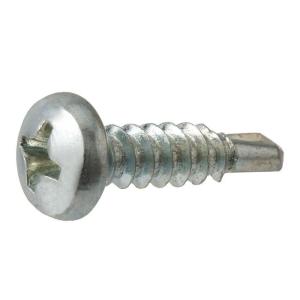Flying Zombie
~:Undead Forever:~
So heres another post with probably too much said for how little the situation is.
I removed the front fender off my Columbia Westfield the second day I got it, for straightening.
The Long bolt holding it in, from within the fender I had to unscrew fell into the neck..
I let it go for a couple of days..
Feeling It would work its way out. Sure didn't.
So last night I took the handlebars off, to remove the bolt.
Of which I did with great success, so far as to also straighten the bars from the slight crook they had.
I hear a lot of bikes from this era that haven't been maintained in a while are really
locked up around the bars, so I'm grateful for that.
Problem is, I dont know how to use it to re-secure the front fender. When I slip it into the fender hole,
and into the Headtube.. theres nothing there for it to thread into... it just keeps going...
Finally, the Question:
Do I need to disassemble the front fork to reattach the Fender?! [If so, is it done by removing the handlebars..truss rod fitting..etc..etc..?]
FZ
I removed the front fender off my Columbia Westfield the second day I got it, for straightening.
The Long bolt holding it in, from within the fender I had to unscrew fell into the neck..
I let it go for a couple of days..
Feeling It would work its way out. Sure didn't.
So last night I took the handlebars off, to remove the bolt.
Of which I did with great success, so far as to also straighten the bars from the slight crook they had.
I hear a lot of bikes from this era that haven't been maintained in a while are really
locked up around the bars, so I'm grateful for that.
Problem is, I dont know how to use it to re-secure the front fender. When I slip it into the fender hole,
and into the Headtube.. theres nothing there for it to thread into... it just keeps going...
Finally, the Question:
Do I need to disassemble the front fork to reattach the Fender?! [If so, is it done by removing the handlebars..truss rod fitting..etc..etc..?]
FZ







